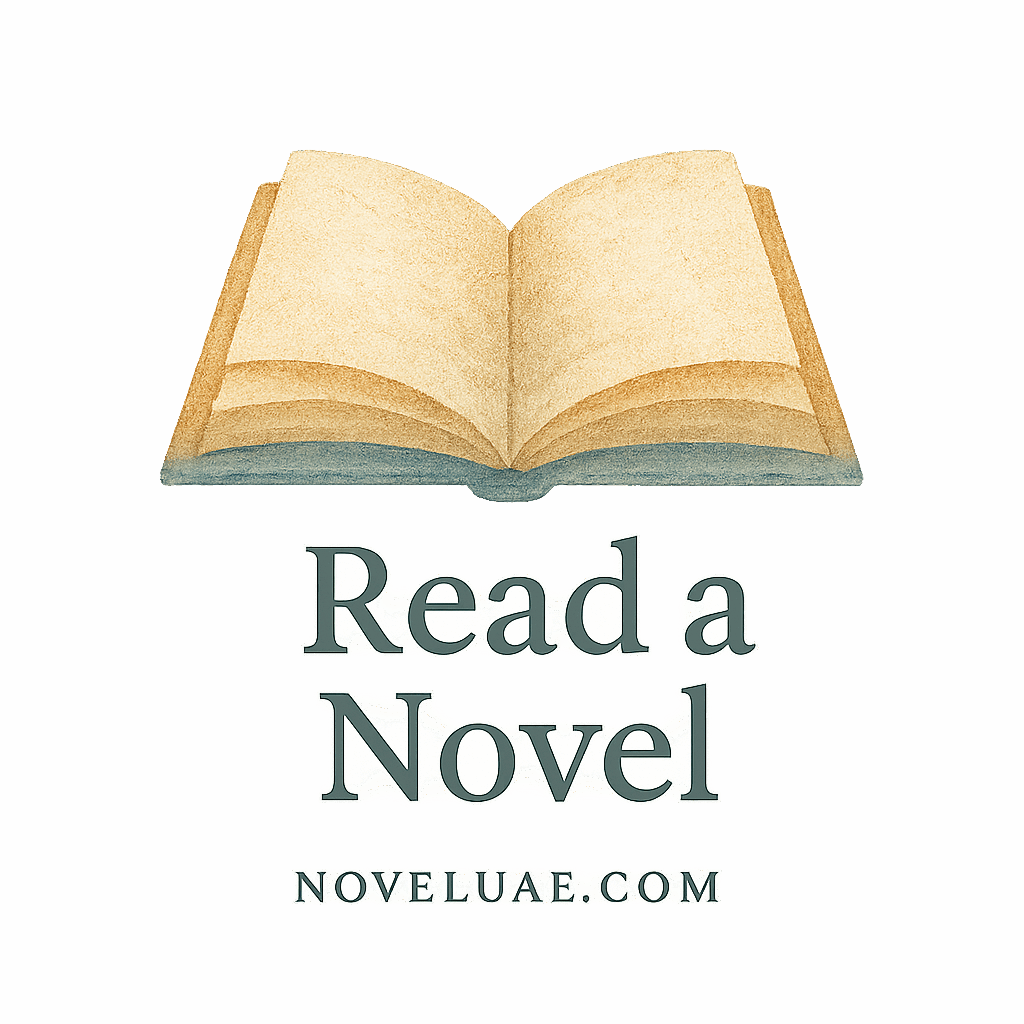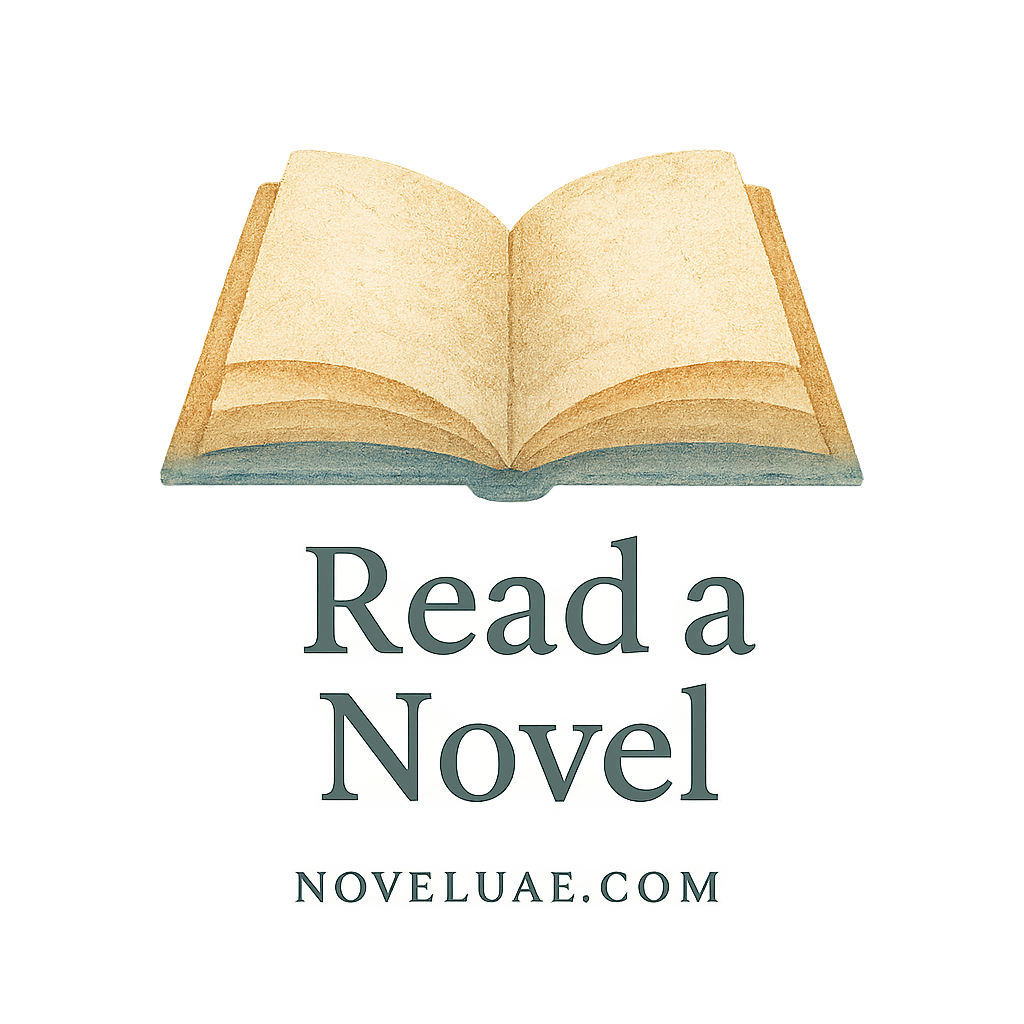Introduction: The Hidden Magic Behind Great Novels
Ever read a novel and thought, “Wow, that just felt right”—but you couldn’t quite explain why? That’s the power of subtle literary devices. These hidden gems are woven quietly into the narrative to shape emotions, add depth, and guide the story without you even noticing.
Whether you’re a curious beginner or a seasoned bookworm, understanding these devices can totally transform your reading experience. Let’s unravel the 10 literary devices that every great novel uses—quietly but masterfully.
What Are Literary Devices?
Literary devices are techniques authors use to add layers of meaning to their stories. Think of them like spices in a dish—they’re not always obvious, but they’re absolutely essential to the flavor.
Why Do Authors Use Literary Devices?
Simple. They help:
- Create mood
- Develop characters
- Reinforce themes
- Guide the reader’s emotions
- Keep us engaged without overwhelming
Subtlety Is Key
The best novels don’t scream, “Here’s a metaphor!” They let it unfold gently, making you feel clever when you spot it.
1. Foreshadowing: Planting Seeds Early
Foreshadowing is like giving the reader a peek through the keyhole. Authors drop tiny hints that only make full sense later.
Real Examples in Classic Novels
In Of Mice and Men, Steinbeck foreshadows tragedy with subtle language and dialogue. You feel the impending doom without needing a spoiler.
Check out classic literature insights for more examples like this.
Why It Works So Well
Foreshadowing builds suspense. It rewards attentive readers and adds re-read value. You’ll go back and realize—Whoa, the clues were there all along!
2. Symbolism: Objects That Speak Louder Than Words
Ever noticed a recurring object in a novel? A broken clock, a red scarf, a candle that won’t stay lit? That’s symbolism in action.
How Authors Use It Without Shouting
The best symbols feel natural. Like in The Great Gatsby, the green light isn’t just a green light—it’s Gatsby’s unreachable dream.
Thematic Enhancements Through Symbols
Symbols often reflect deeper themes: love, loss, time, or even identity. Explore more on novel elements that enhance storytelling.
3. Irony: The Delicious Twist of Expectation
Irony is when things turn out the opposite of what we expect—and we love it when it’s subtle.
Situational vs. Dramatic Irony
- Situational Irony: A fire station burns down.
- Dramatic Irony: We know a secret that the character doesn’t.
Irony adds tension and often humor. Want to dive deeper into story tension? That’s where irony often lives.

4. Metaphor: Painting Vivid Pictures
Metaphors make writing feel alive. Instead of “She was sad,” you get, “She carried sorrow like a soaked coat on her shoulders.”
More Than Just Flowery Language
Metaphors add richness and emotional weight. Authors use them to reveal character and theme without being on-the-nose.
Learn how metaphors help define novel discovery.
5. Motif: The Repeating Threads in Storytelling
A motif is a recurring element—a symbol, phrase, or idea—that keeps showing up to reinforce the story’s message.
How Motifs Support Plot and Theme
Think of rain showing up whenever a character feels isolated. Or a certain song that plays during important moments.
Motifs subtly tie the narrative together and help readers pick up on deeper meanings. Learn how to spot them using novel reading strategies.
6. Allegory: Story Within a Story
Some novels operate on two levels: the literal plot and a deeper, symbolic meaning. That’s allegory.
Subtle Allegories in Modern Novels
Take Animal Farm—on the surface, it’s about animals. But underneath? It’s a sharp critique of political regimes.
You’ll find more on genre-based novel insights where allegory is often genre-dependent.
7. Allusion: A Wink to Another Work
An allusion is a brief reference to another work, myth, or historical event. It’s like a literary inside joke.
Literary Easter Eggs
A character named Romeo probably isn’t just any guy. Spotting these connections enriches the experience—kind of like uncovering a hidden level in a video game.
Want help identifying them? Check this beginner’s guide to novels.
8. Imagery: Letting the Reader See and Feel
Imagery paints the scene in your mind using the five senses: sight, smell, touch, taste, and sound.
Engaging the Five Senses Subtly
Great imagery doesn’t just describe—it immerses. You don’t read about a forest—you smell the pine, hear the crackling leaves, feel the chill.
Sensory storytelling is key to crafting memorable scenes. If you’ve ever struggled with dull descriptions, these reading tricks can help.
9. Juxtaposition: Contrast Creates Meaning
Putting opposites side-by-side forces the reader to compare.
Character and Scene Juxtapositions
Think of the contrast between Harry Potter and Draco Malfoy—or between the rich and poor districts in The Hunger Games.
This sharp contrast reveals theme and character without stating it outright. See how contrast relates to conflict and plot.
10. Flashback: The Past Illuminates the Present
A flashback takes you back in time—revealing character motivation, trauma, or secrets.
Nonlinear Storytelling Done Right
The best flashbacks don’t confuse. They fit into the story like puzzle pieces that suddenly make everything click.
Explore more storytelling methods in plot mechanics and structure.
The Role of Literary Devices in Reader Engagement
Literary devices are invisible strings pulling you through a novel. They shape emotion, expectation, and interpretation—even if you don’t notice them directly.
Why Readers Love the Subtle Layering
Let’s be real—books are more than stories. They’re emotional journeys. Literary devices make that magic happen.
For curated reading experiences, browse our novel selection recommendations.
How to Identify Literary Devices as a Reader
Not sure where to start? Here are some tips:
- Highlight recurring images or ideas
- Pay attention to contradictions or unusual phrases
- Think about what’s not said
- Re-read powerful passages
Tips for Beginners
Start slow. Even just spotting one device can make you feel more connected to the book.
Build Skills with This Beginner’s Guide
Need help getting started? Explore our Beginner’s Guide to Novels or our curated reading list.
Conclusion: The Quiet Genius Behind the Curtain
You don’t need to be a literary scholar to appreciate the brilliance of subtle literary devices. Every great novel—yes, even the fast-paced page-turners—uses them.
Next time you pick up a book, read between the lines. You’ll discover there’s more magic than meets the eye.
And hey, if novels have ever felt intimidating or hard to get into, check out our tips on reading struggles and speed reading.
FAQs
1. What is the most commonly used literary device in novels?
Foreshadowing and metaphor are among the most commonly used because they help guide reader expectations and create vivid imagery.
2. Are literary devices only used in classic literature?
Not at all. Modern novels, even thrillers and romances, rely heavily on subtle literary devices to deepen storytelling.
3. Can I enjoy novels without spotting literary devices?
Absolutely. But recognizing them can enhance your understanding and appreciation of the craft.
4. Where can I learn more about literary elements?
Start with our Understanding Novel Elements guide.
5. Do all novels use all 10 devices?
Not necessarily all in one, but most novels use several—often in subtle combinations.
6. How can literary devices help me as a writer?
They help you communicate deeper meanings, build emotional arcs, and keep readers hooked. Check out our writing resources.
7. What if I feel overwhelmed by too many devices?
You’re not alone. Build your skills gradually with beginner guides and focus on one or two devices per book.


